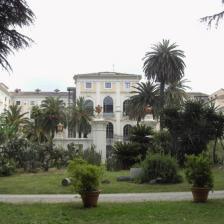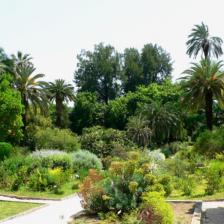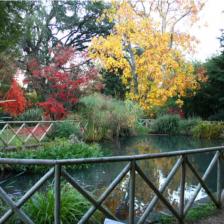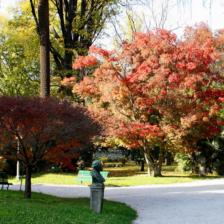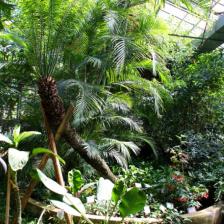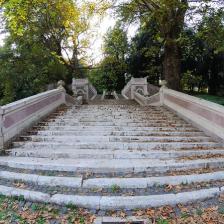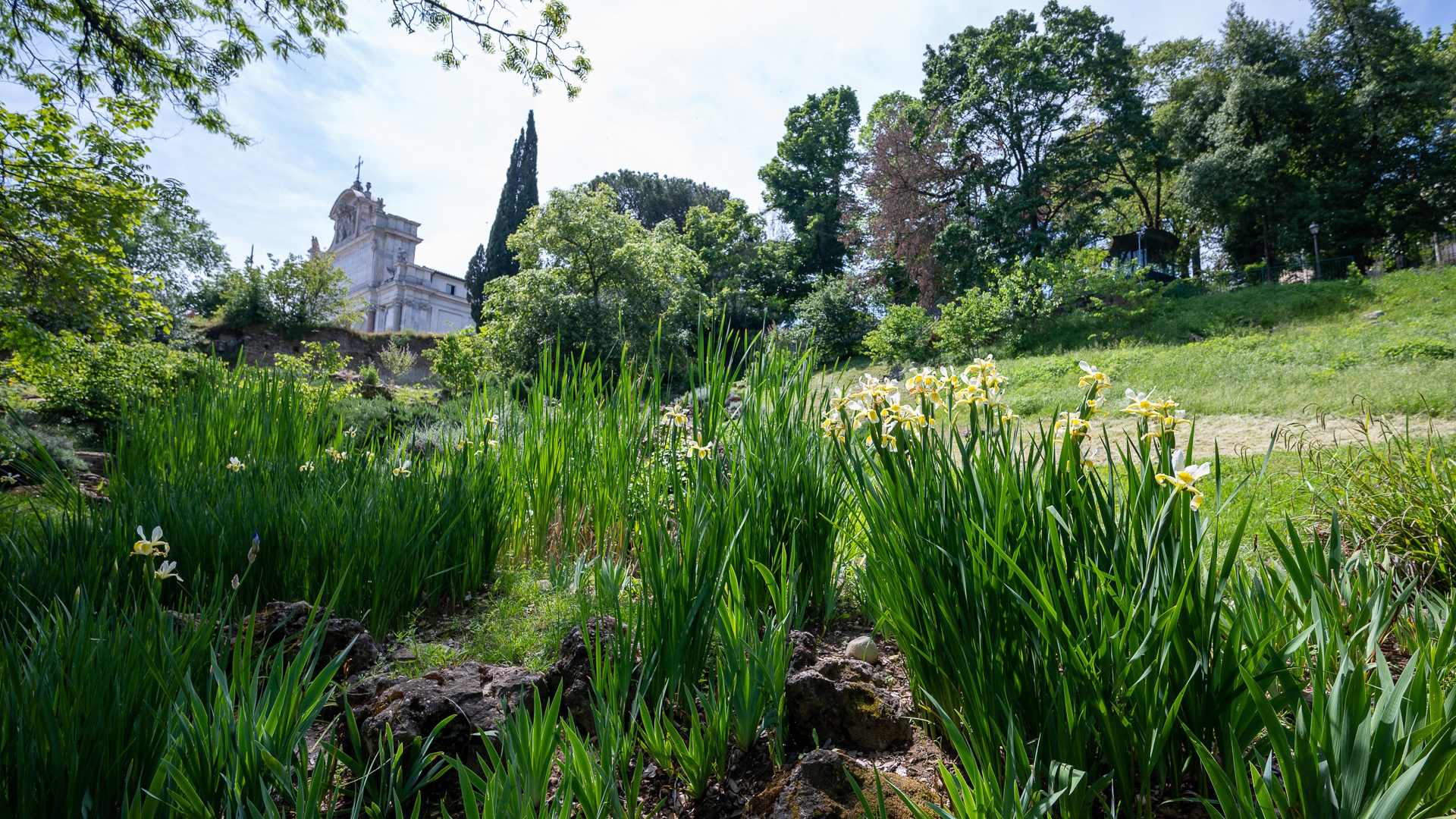
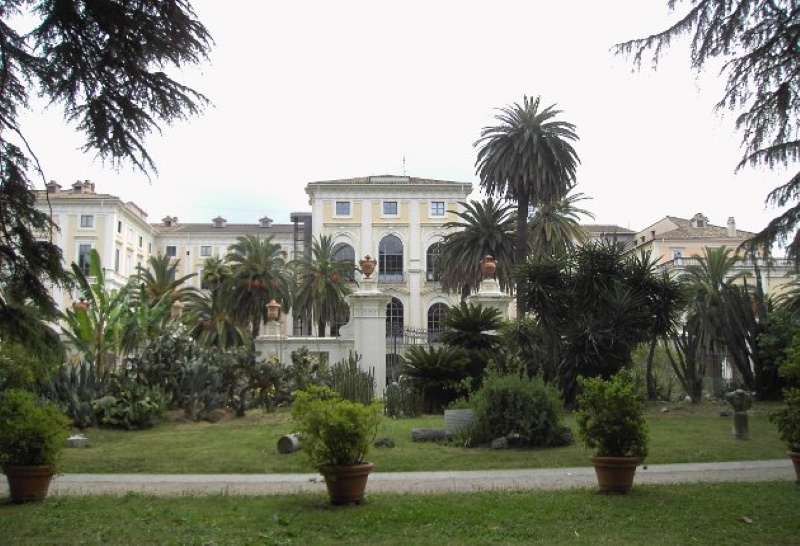
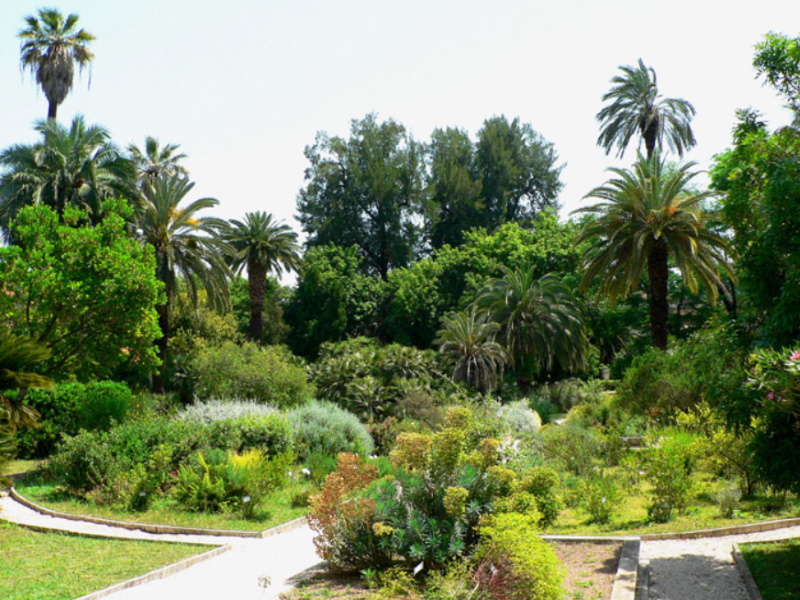
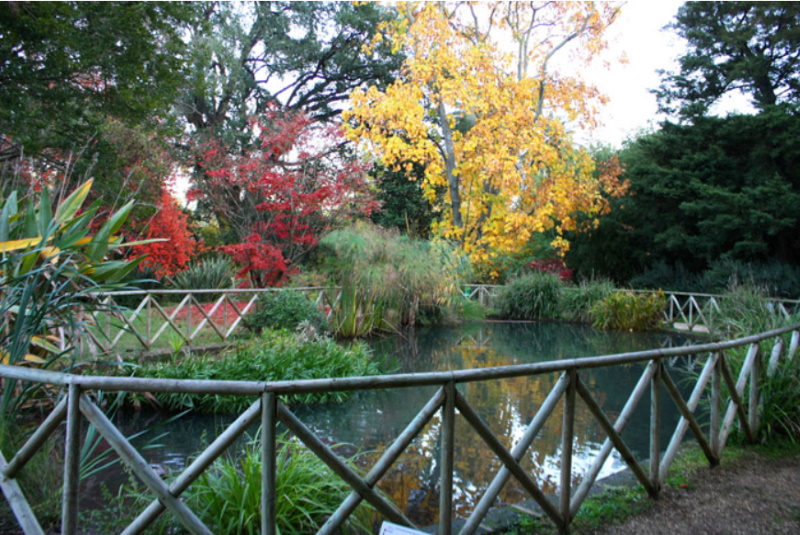
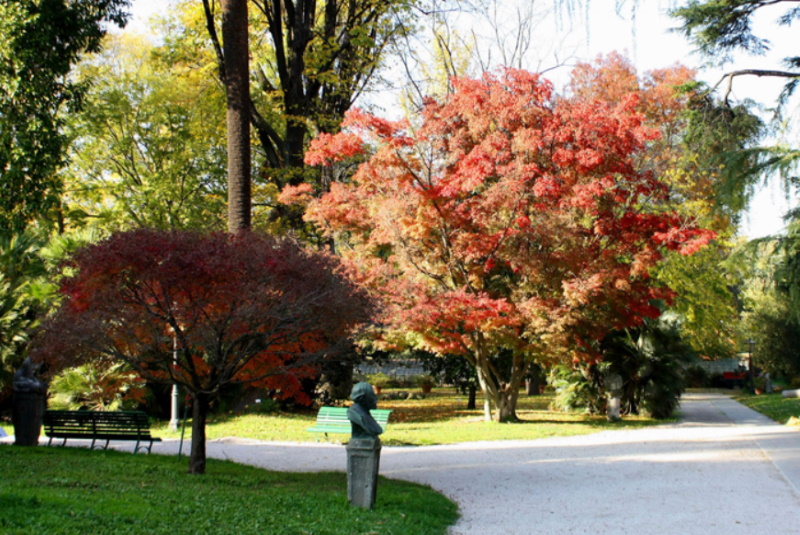
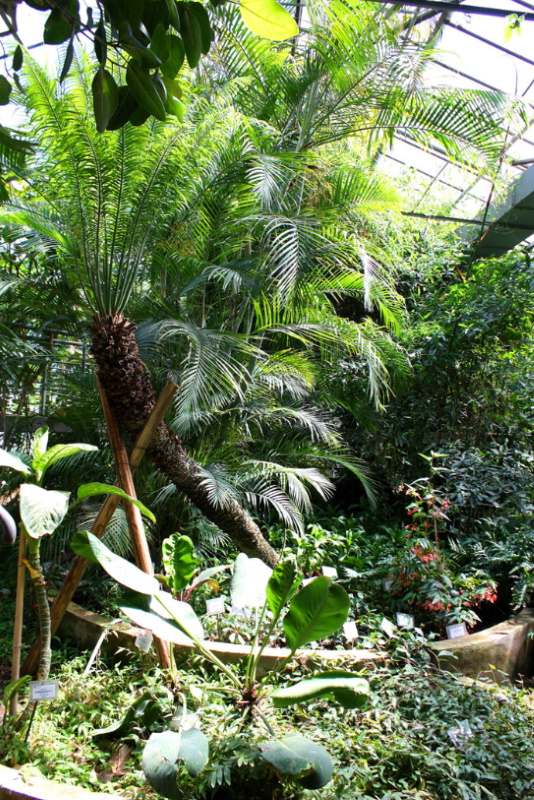
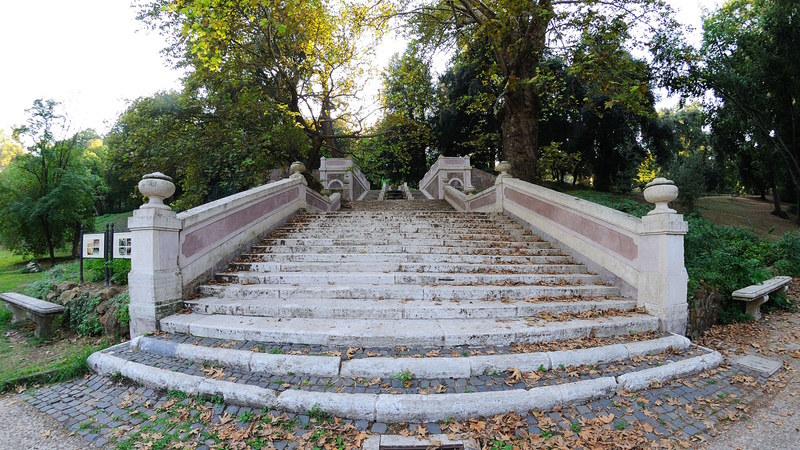
In the heart of Rome between Via della Lungara and the Gianicolo Hill, you can find a magical place where to walk away from the chaos of the city, and enjoy the spectacle represented by the extraordinary variety of the plant world preserved here.
Among the largest in Italy, the Botanical Garden of Rome is located in the park of Villa Corsini, once the residence of Christine of Sweden, and on part of the Horti Getae, archaeological area formerly constituted by the Baths of Septimius Severus.
The Botanical Garden is fully part of the tradition of gardens with an important scientific and naturalistic value, such as that of the Vatican, first example of a botanical garden.
In 1514, Pope Leo X established the first chair for teaching medicinal plants. When the residence of the popes moved to the Quirinale, the Vatican Botanical Gardens were completely abandoned. It was Pope Alexander VII Chigi (1655-1667) who decided to create the new university garden on the Gianicolo Hill. In 1883, after numerous transfers, the Botanical Garden found its definitive location at Villa Corsini alla Lungara, acquired by the Italian State from Tommaso Corsini for the construction of the Accademia dei Lincei and the botanical garden.
A prestigious residence of the Roman nobility, the artistic value of Villa Corsini increased thanks to Ferdinando Fuga the author of masterpieces such as the Fountain of the Eleven Spurts and that of the Tritons, that you can still admire.
The first director of the Garden, Pietro Romualdo Pirotta (1884-1928), created the entire naturalistic area which at the beginning consisted only of the ancient wood near the Gianicolo Hill Janiculum, and of two cedars of Lebanon.
The current Garden covers 12 hectares and preserves naturalistic varieties from all over the world. Its collections are of particular interest not only for the scientific importance but also for the way the environments are cultivated and reconstructed. This can help you in the difficult work of placing the species in the areas of origin.
Among the main collections, you can admire the monumental secular trees, such as the eastern plane trees, cork oaks, downy oaks, Himalayan cedars, and over 300 examples of more than 130 species.
The bamboo collection is among the richest in Europe; the Mediterranean forest, mainly consisting of oaks, testifies instead to the vegetation that once covered the Gianicolo Hill. Also noteworthy is the collection of Gymnosperms such as sequoias, conifers, pines, firs, larches, cedars of Lebanon, cypresses, and junipers.
Among the most fascinating glasshouses - more than 2,000 square meters - we find about 400 orchid species like the common Cattleya, the Moth, and the Vanda, an orchid from South-East Asia with a very long stem. The Serra Corsini, dating back to 1800, displays many examples of succulent plants.
Large masonry basins house the Garden of Aromas whose species are recognizable through their tactile or olfactory characteristics. All plants are accompanied by Braille tags for blind people.
The Japanese Garden, with its cherry trees, camellias and magnolias, presents evocative plays of water, small waterfalls and two enchanting ponds.
In the Mediterranean Garden, you can observe the Mediterranean maquis typical species, in the Herb Garden, the medicinal plants, and in the Valletta delle Felci, a collection of herbaceous ferns.
A small lake, a stream, and some pools are, instead, the perfect environment for the aquatic plants. The splendid Rose Garden, that you can fully appreciate in May during its flowering, presents about 60 species that illustrate the evolution of the genus Rosa in the last 2000 years of human history.
The collection of Palm trees presents a large number of specimens and rare examples. It has been included in the red lists of the International Union for Conservation of Nature (IUCN).
The tropical greenhouse, with strictly controlled temperature and humidity, has been organized in themed areas that testify to the great biodiversity of tropical forests.
In Spring, you cannot miss the Hanami, the wonderful cherry blossom in the Japanese garden. To make the experience even more engaging, the Botanical Garden also organizes free guided tours and events related to the Japanese culture. In Summer, you can watch the wonderful late-summer blooms, like those in the rhododendron garden. Autumn, on the other hand, is the period of the foliage: the leaves of the numerous maples species take on variegated shades of color that turn from yellow to orange to red.
The Botanical Garden is equipped with a dedicated path for disabled people, and two battery electric vehicles to allow them to take advantage of the paths in the hills.
The Botanical Garden of Rome is part of the Plant Biology Department of the Sapienza University of Rome.
Villa Farnesina
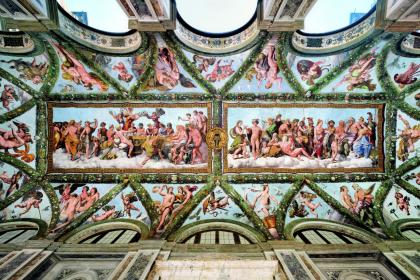
 Condividi
Condividi
Museum of the Roman Republic and Garibaldi Memorial

 Condividi
Condividi
Janiculum Hill
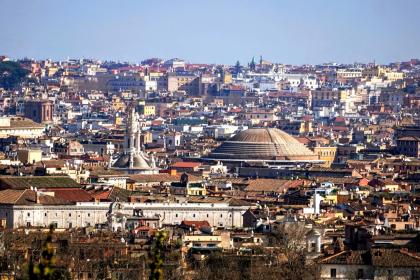
 Condividi
Condividi
Information
> Butterfly HouseOpen Tuesday to Sunday from 10.30 to 17.30 (last admission at 17.00)Closed on Mondays> Visiting rulesAnimals are not allowed to enter.
 Condividi
Condividi
Location
To find out about all accessibility services, visit the Rome accessible section.












































